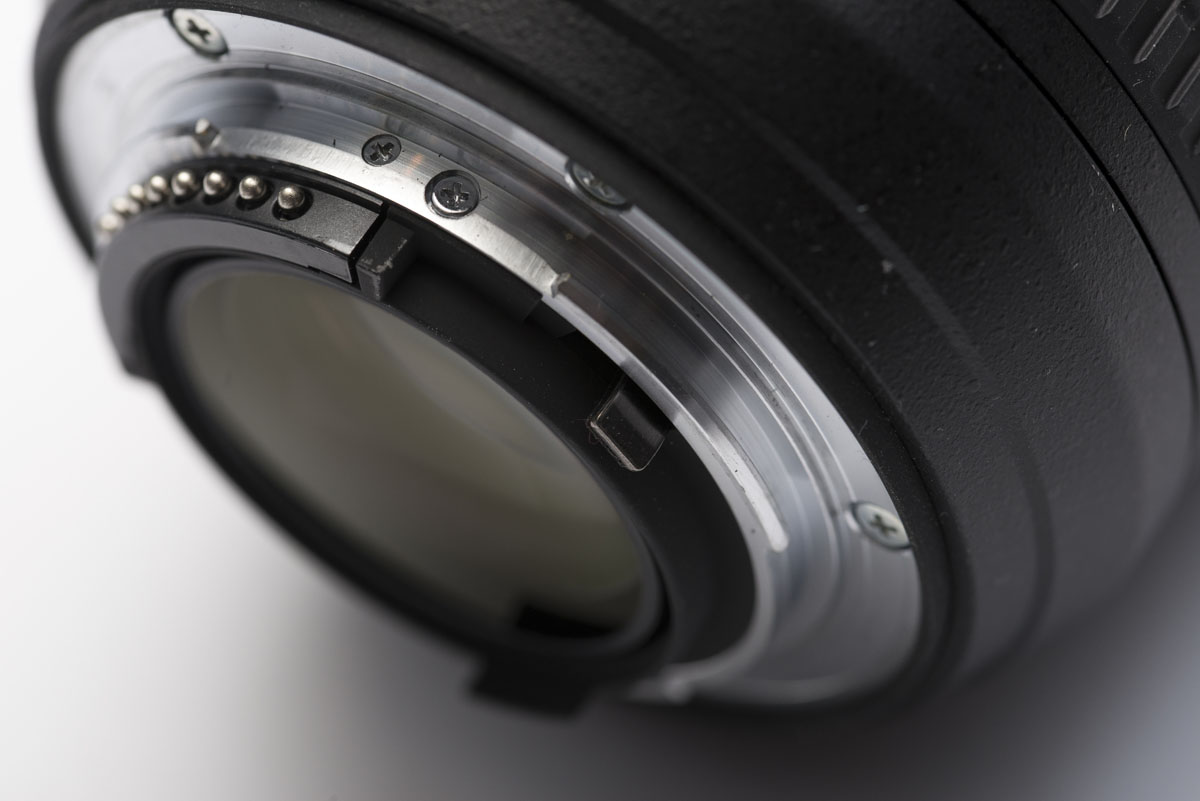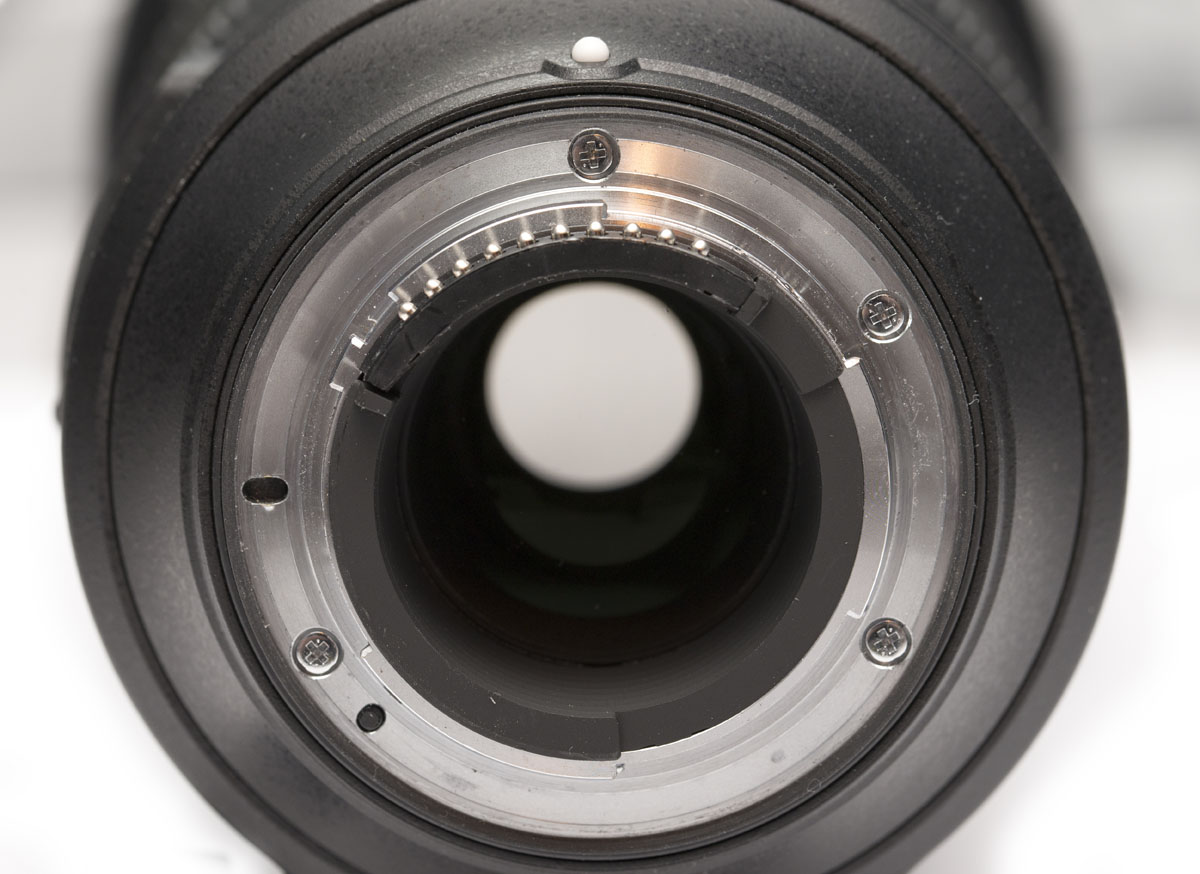How to Change the Aperture on Nikon E Lenses for Use with Film Cameras or Reverse Mounting
Ever since Nikon released their new E line of lenses, photographers have been rejoicing. Better exposure consistency between shots, presumably better reliability, and some great glass. However, with this technological innovation comes a challenge for some photographers - there’s no way to change the lens’s aperture if it’s not mounted to a camera. The D series of lenses had an aperture ring to easily select an aperture, the G series of lenses had an aperture lever that you could directly manipulate, but the E series merely has electronic contacts. Not only is this a problem for macro photographers who want to mount the lens in reverse, it’s also a problem for people using film or early digital cameras that don’t have the circuitry to support E lenses. Fortunately, there is a solution, albeit not an ideal one.

You can see a D lens with aperture ring above - the easiest kind of lens to use with older cameras or with reversal rings.
In order to change the aperture, and keep that aperture locked in for use on an older camera or reverse mounted, you need a camera that can use E lenses properly. So this definitely sucks for people who only shoot film, but if you’re reverse mounting for macro, or you shoot both film and digital it’s a decent option.
So take the lens you want to use, and mount it on your DSLR. Put the camera in manual or aperture priority, and set the aperture you want to use. Now, press down the depth of field preview button. While holding the preview button down, remove the lens from the camera. Alternatively, if you don’t have a depth of field preview button, you can set liveview to movie mode where it previews the exposure, enter liveview, and remove the lens while in liveview.

G lenses don’t have an aperture ring like the D lenses do, but they still have a physical aperture lever that can be taped in place when using the lens in reverse.
Please note that I’m not 100% sure how healthy either of these methods are for the camera or lens, so personally I’d avoid doing either too much. I think the liveview option would probably be worse though, since the sensor’s on when you remove the lens. So while I haven’t encountered any issues when doing this, it is at your own risk.
Now that the lens has been removed, it will still be stopped down to whatever you set it to, and you can use it for whatever you want. In order to change the aperture again you’ll have to repeat the process, and when you’re done with it just remount it to the DSLR and turn the camera on and off to reset the aperture back to being wide open.

E lenses have no aperture lever, so there’s no way to physically manipulate the aperture.
If you’re a Canon shooter, you’ve probably known about this for some time - when Canon switched to the EF mount, all their lenses from then on were electronically controlled like the new Nikon E lenses. So Canon photographers have been doing this for many years, whereas it’s a bit new to Nikon. I did verify that this works on Nikon lenses - with my 200-500, I was able to change the aperture both with the depth of field preview button, and with movie mode liveview.
All in all, this is a lot less convenient than being able to change the aperture via an aperture ring on the lens, but it’s good that we can indeed change the aperture at all. Very few people will actually need to use E lenses on film cameras or reverse mounted, so overall I think it’s been a good update to the lens line. If anyone has more information on whether these methods could be damaging to the camera or lens though, please let me know. As far as I can tell it seems safe, but I still would avoid it whenever possible until we know for sure.
Lauchlan Toal is the creator of UnlockCreativePhotography.com, and a Halifax based food photographer. Outside of food photography, he enjoys most genres, finding fun in any kind of photography challenge.